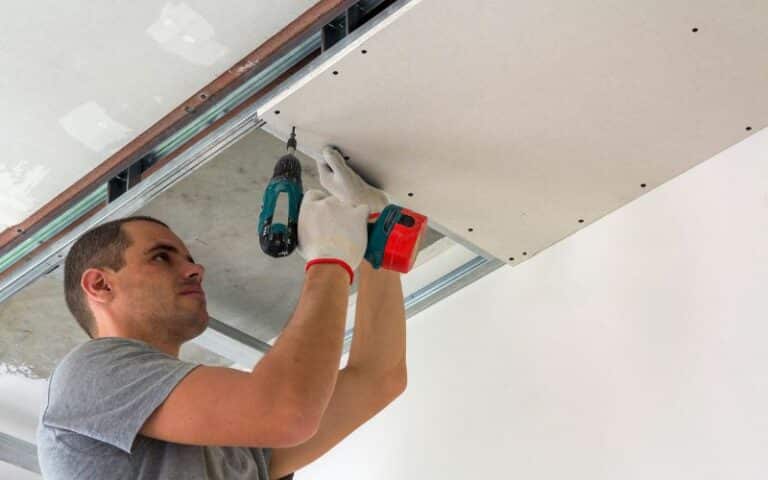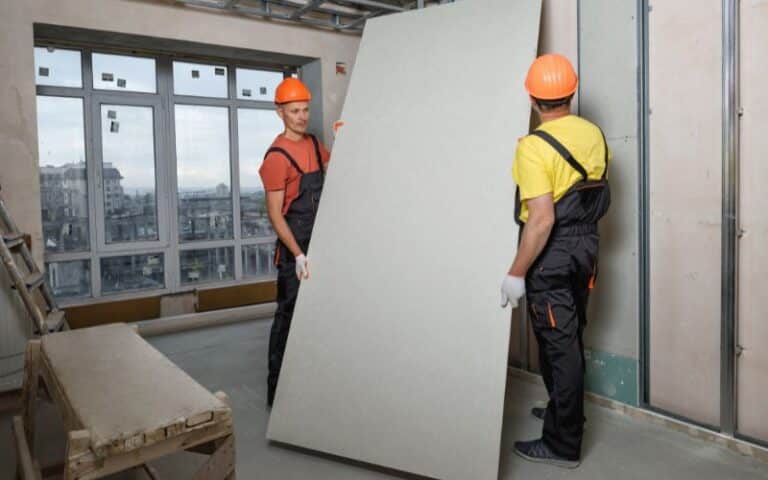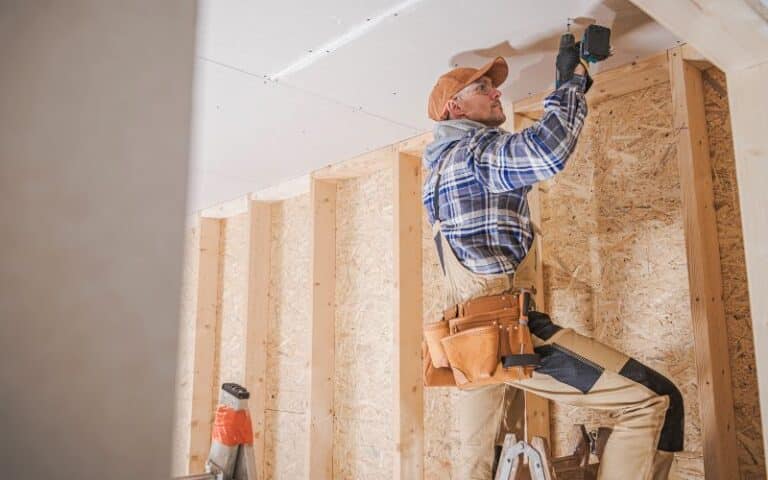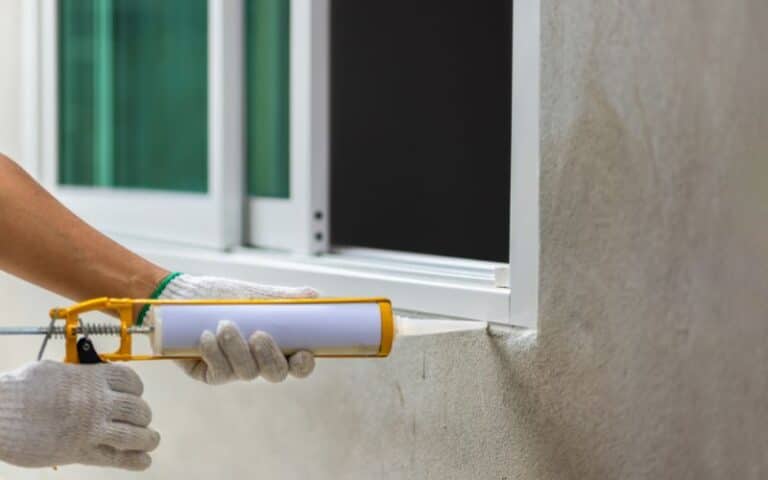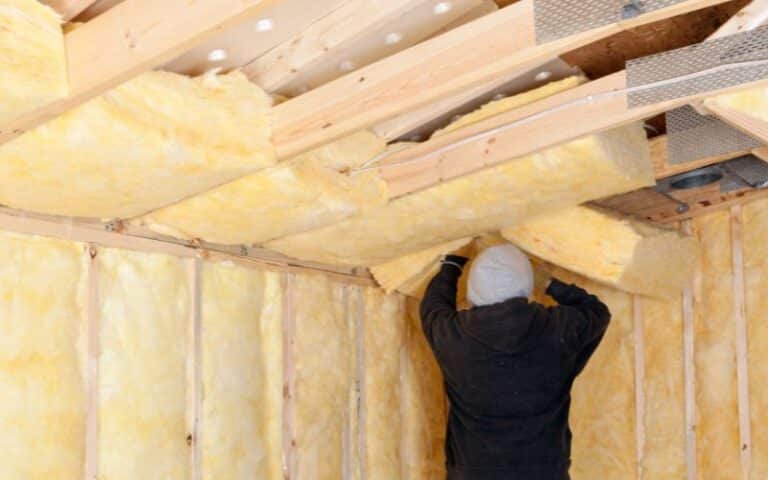Drywall mud is an essential material for successful drywall installation in your home. When you finish the application process, there is usually drywall mud residue to get rid of.
You might consider various ways to dispose of your drywall mud, like flushing the mud down the drain. Thus, you may wonder if drywall mud can go down the drain.
Yes, drywall mud can go down the drain. However, it is not advisable to flush drywall mud down the drain. When you flush drywall mud down the drain, the particles stick at the bottom and clog the pipes. You can properly dispose of drywall mud in your garbage or at a C&D or HHW center.
I’ll show you how to dissolve drywall mud through the drain in this article. You’ll also get to know the details on how to properly dispose of your drywall mud.
Ready for a Drywall Quiz?
Will Drywall Mud Flush through the Drain?
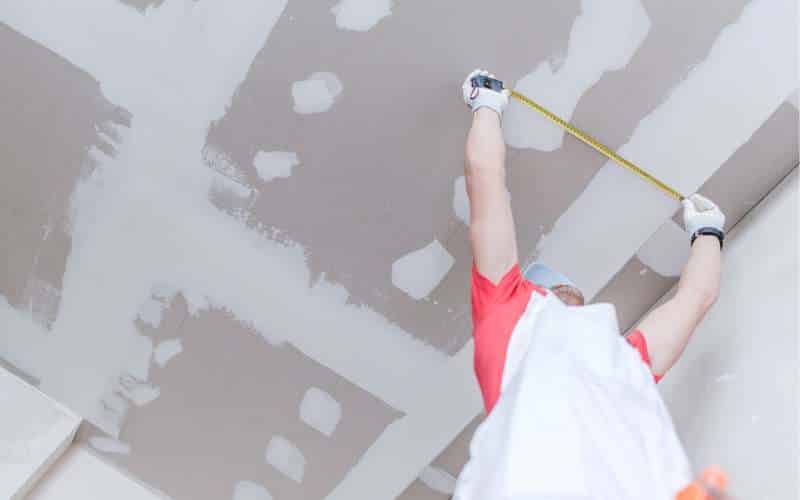
Yes, drywall mud will flush through the drain. However, flushing drywall mud through the drain can cause the pipes to get clogged, especially in large amounts.
When your drain pipes get clogged, the best way to unclog them is to try to dissolve the mud particles.
Dissolving the drywall mud particles will loosen them out and allow them to flow down the pipes freely.
You can dissolve drywall mud through the drain with hot water, vinegar, high water pressure, and enzyme cleaners.
Instead of flushing drywall mud through the drain, it is best to properly dispose of them. You can dispose of your drywall mud in a C&D center, regular garbage, and HHW center.
How Do You Dissolve Drywall Mud through the Drain?
There are several ways to dissolve drywall mud through the drain in case it is stuck or dried.
Here are some of the methods you can use to dissolve drywall mud through your drains:
#1. Use Hot Water
Heat water to about 60-171 degrees celsius and then pour it through the drains. The hot water will allow the mud particles to loosen up and flow through the drain pipes.
#2. Use an Enzyme Cleaner
You can use an enzyme cleaner to dissolve mud because it will not cause damage to the pipes. Pour hot water before the enzyme cleaner through the drain and then leave it overnight.
The enzyme cleaner will clear up all the waste, including the drywall mud stuck in the pipes. Then, pour hot water through the drain to finish cleaning.
#3. High Water Pressure
You can clear out drywall mud from your drain pipes using a high-water-pressure blast. A water pressure of about 3000 psi will be able to loosen out the mud particles in the drain.
You can try using your shower jet, but you should set the water pressure to be about 1500psi instead of 3000psi
#4. Vinegar
You can use vinegar to soften the drywall mud in your drain. Pour vinegar into the drain and allow it to sit overnight.
The vinegar will loosen out the drywall mud. You can then you can use a drill, dowel, auger, or any other strong material on the compound.
Can Drywall Mud Clog Your Drain?
Yes, drywall mud can clog your drain. However, flushing your drywall mud directly into your drain will cause the particles to sit at the bottom.
The particles packed at the bottom will cause a blockage and clog the drain. When drywall mud clogs your drain, you can use vinegar, high water pressure, and enzyme cleaners to get them out.
The best place to dispose of drywall mud made after 2016 is a C&D center. Drywall mud made on or before 2016 should go to HHW centers.
Drywall mud made on or before 2016 contains a harmful chemical called silica. When you inhale silica dust, you risk developing lung cancer.
The dangerous nature of drywall mud on or before 2016 is you should dispose of them at a household hazardous waste center.
How to Remove Drywall Mud from Clogged Drain?
When you pour too much drywall mud through your drains, the mud will clog the drains. The best way to remove the mud from the drain is to flush it through the pipes.
The best way to flush the drywall mud through your drains is to add a lot of hot water to it.
The hot water will cause the particles clogging the drains to melt, loosen out and flow through the pipes.
To avoid getting your drains clogged, you should know how to clean up after you finish a drywall application process.
Here are several ways to dispose of drywall compound:
#1. Dispose of the Mud at a Construction and Demolition Drop-off Center
Disposing of your drywall compound at a C&D drop-off center is safe, as manufacturing companies now make drywall mud with eco-friendly components.
Some of the eco-friendly components in drywall compound includes:
- Greenguard certified
- Biocide-free
- No synthetic gypsum
- Little to no VOC content
- Free of formaldehyde, acetaldehyde, etc.
When you carry your drywall compound for disposal at a C&D site, you should be ready to pay a fee. The officials at the site usually charge a fee based on the size of your bag.
#2. Dispose of the Mud in Regular Garbage
Dumping your drywall mud in regular garbage where you dispose of other refuse is completely safe and legal.
However, you should ensure to dispose of the mud in small amounts to make it easier to manage.
You’ll also have to dispose of drywall dust when you finish the application process. The best way to dispose of the dust is to get it into a plastic bag with a broom.
However, if you’re dealing with dust from a drywall compound made in 2016, then you should be extra careful.
Drywall compounds made on or before 2016 contain a harmful chemical known as silica. You’ll risk getting lung cancer when you inhale the chemical.
The best way to dispose of hazardous drywall dust is to use a shop vacuum cleaner to get the dust. You can then dispose of the bag in your regular garbage.
When handling drywall compound made on or before 2016, you should always have safety gear on.
Here is a table showing the safety gear you need to handle drywall mud disposal and their functions:
| Safety Gear | Function |
|---|---|
| Safety gloves | To protect your hands from dirt and stains |
| A respirator | To prevent you from inhaling hazardous chemicals like silica |
| Long pants | As a protective covering for your legs |
| Long sleeve shirt | As a protective covering for your upper body |
| Closed toes shoes | To protect your legs |
#3. Dispose of Dried Drywall Mud in a Household Hazardous Waste (HHW) Center
Taking your dried drywall mud to an HHW center for proper disposal is best. However, you must ensure the compound was on or before 2016.
You should take the dried mud to a C&D center if it was manufactured after 2016. You can also dispose of it in regular garbage if it is not mixed with other contents.

